Stingrays are probably more common in UK waters than was once realised, with the numbers being caught increasing every year. Recently, it’s been great to see numerous juvenile stingrays being caught. Each year we see many stingrays landed that are over the 50lb mark, so it's just a matter of time before we see one exceeding 100lbs, with fish of this size increasingly caught by commercial fishermen.
The stingray shape is similar to other rays, but they are easily identified by their long whip-like tail, with one, two, or even sometimes three spines on it. The spines (stings) can be up to eight inches long, but normally average between three and five inches. The tissue lining of each stinger is ladened with poison. The ray uses its tail, in a scorpion fashion, bringing it forwards over the body. If a person gets stabbed, it can inflict a serious wound that will need immediate hospital attention.
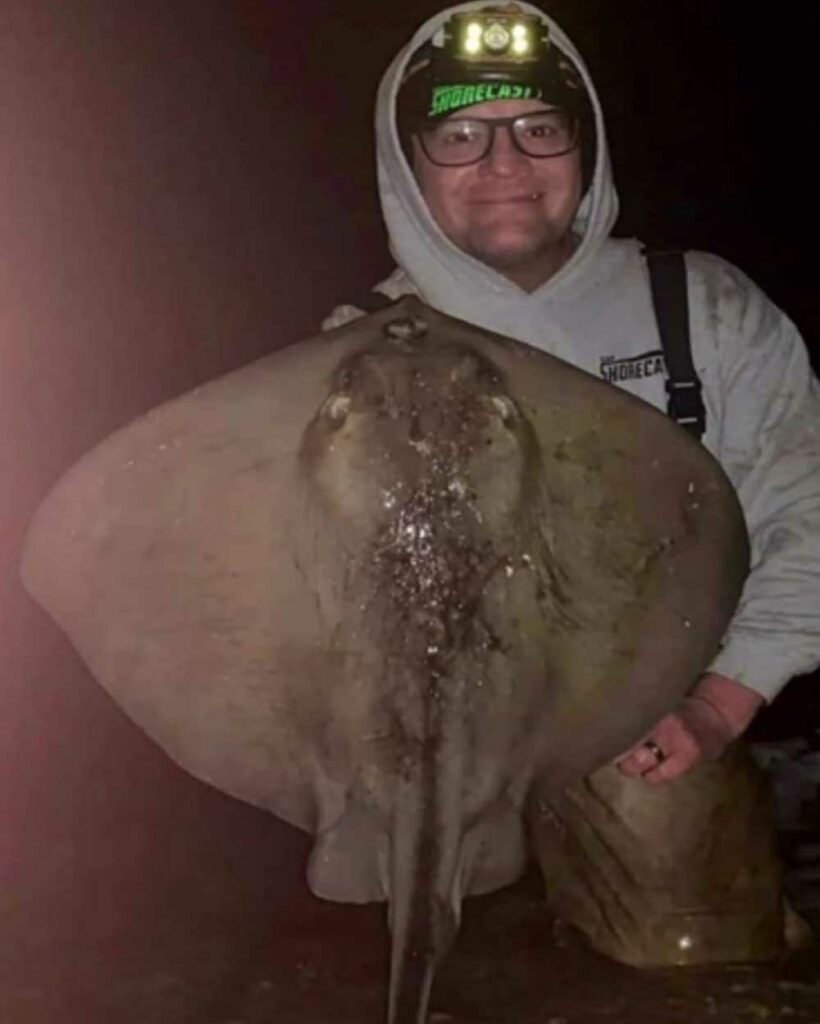
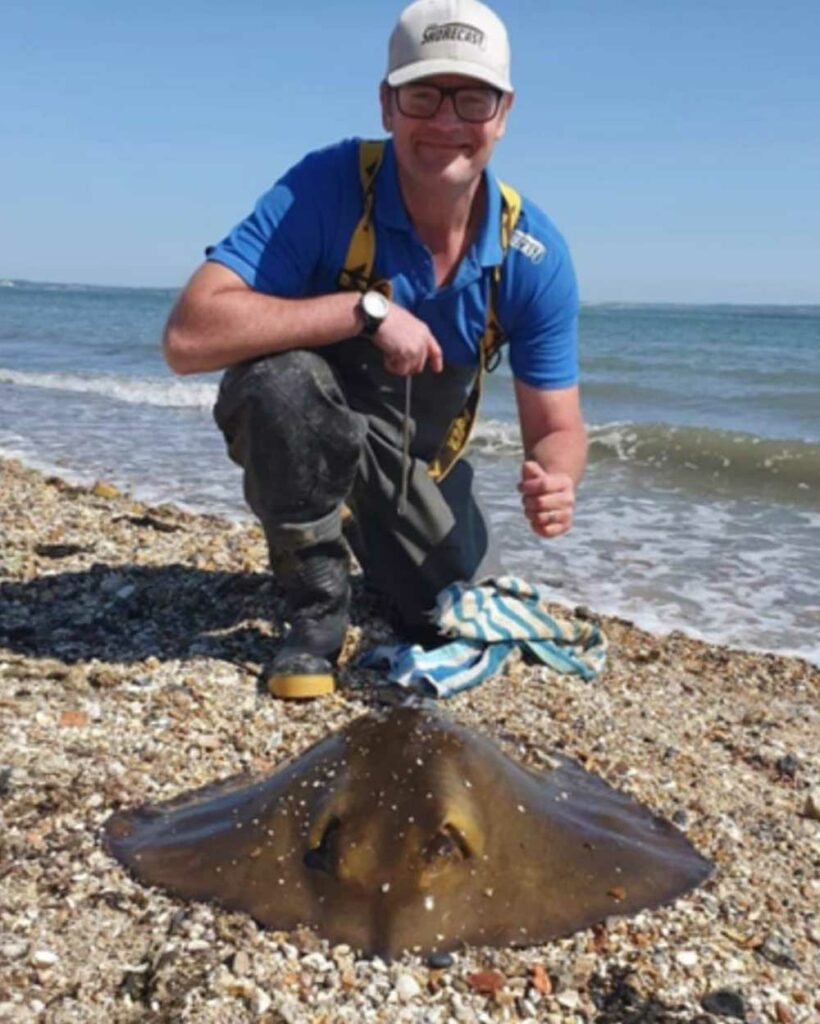

Season
Stingrays normally arrive in UK waters around the end of April and generally stay until the start of October. The beginning of May to the end of June is the best time to target them. On the South Coast, it’s usual to see the big females arrive first in the West Sussex area, with hot spots being Bognor Regis and Aldwick. I tend to find that the big females only stay inshore for two months before moving off again. Solent areas, I find, hold a lot more ray, but they are nowhere near the size of the ones in West Sussex. The Solent brings its problems with masses of weed and crabs in plague proportions, often meaning we are unable to fish for them.
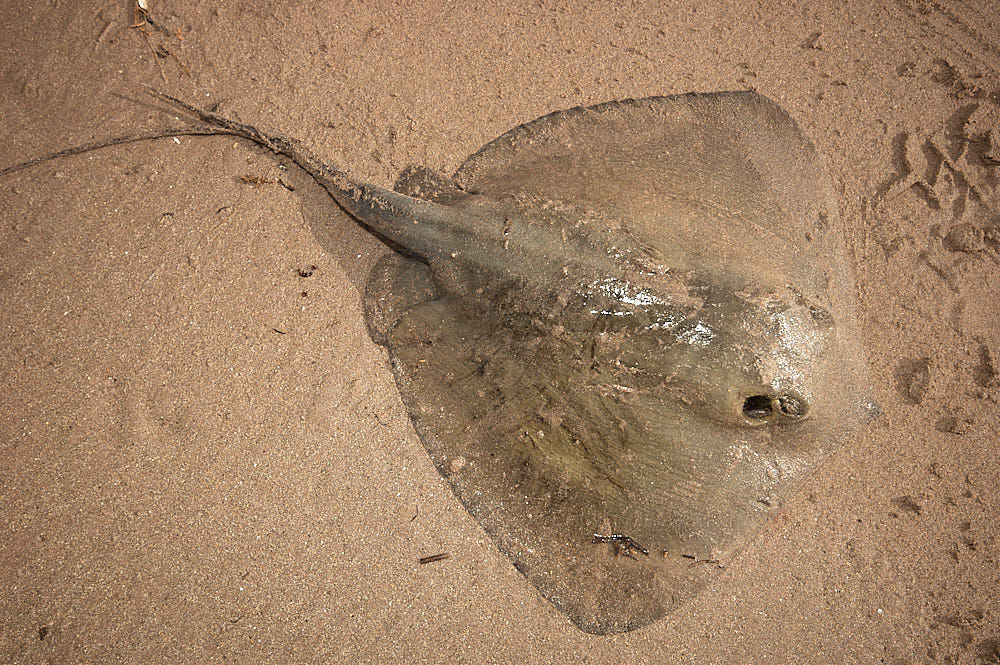
Habitat & Conditions
Typically, stingray like beaches and estuaries where the sand and mud get exposed by the tide. Stingray love to lay on warm sand and mud. You frequently hear bait diggers talking about seeing huge ray marks whilst digging for rag worm.
My favourite time to fish for stingers is on a medium flooding tide on a warm day, with high tide just before darkness. This allows the sun to warm the sand and then, as the flood tide comes in over the warm sand or mud, the fish seem to show during the middle period of the tide, disappearing again just before high tide. I have caught stingers at night and my good friend, and fellow Tronixpro Ambassador, Steve Perry has also landed quite a few in darkness. The only issues fishing in darkness can be the number of smoothhounds, as they love rag worm in the Solent. Stingers don’t seem to like stormy, rough seas.
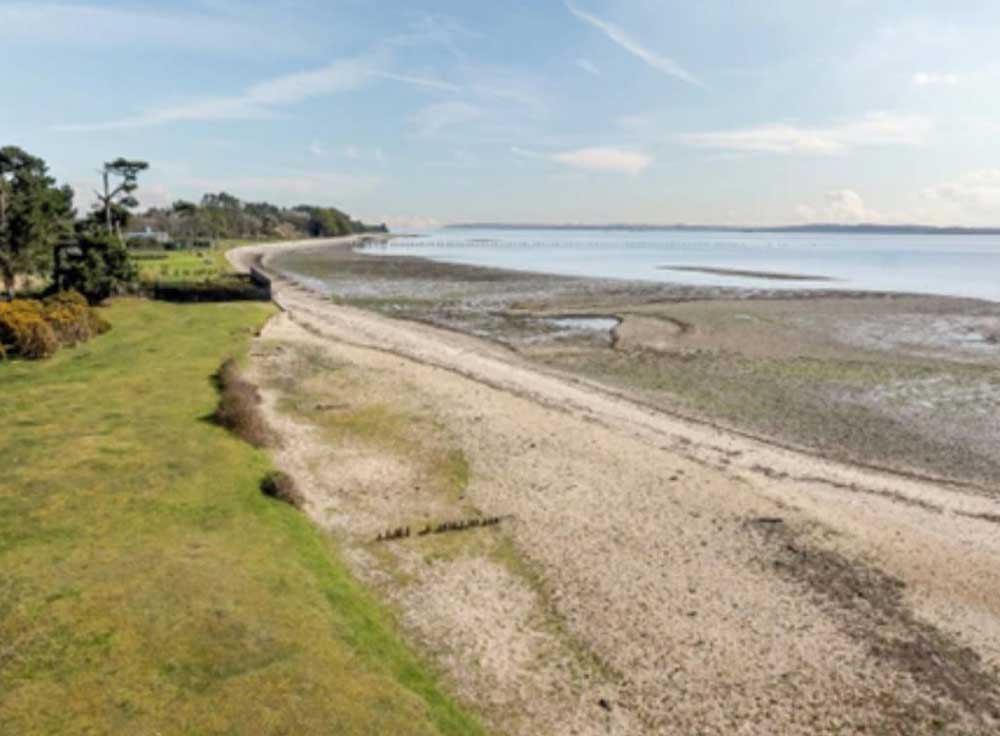
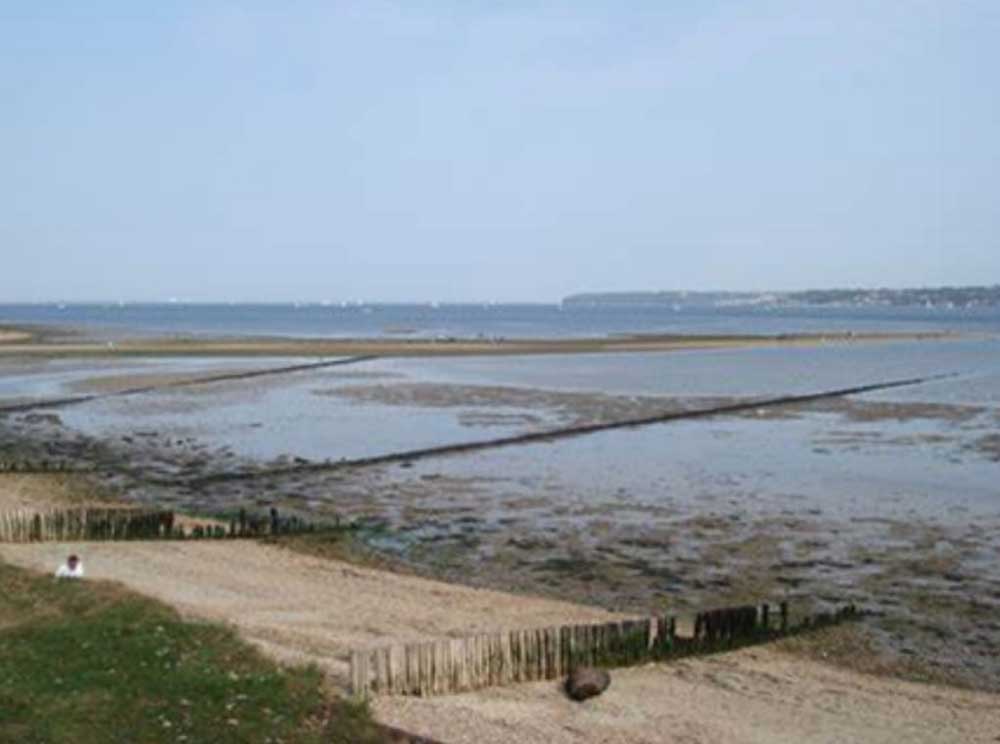
Tackle and Rigs
When stinger fishing you never know what size of fish you are going to hook into, so my choice is a fairly powerful outfit 5-8 oz rod. The Competition Naga coupled up with a strong 6500 sized reel is perfect, and this combination is what I tend to use. The reels are loaded with 20lb Tronixpro Blaze and finished with a 75lb Tronixpro Xenon shock leader. The best rig I find is a 6ft running up and over. My rigs are made up of 75lb Tronixpro Xenon with a hook length of 42lb clear Tronixpro Blackout. Ultimately, rig choice and material is personal preference. I only use single hooks as I find it easier to unhook the stingers. My preferred hook is a 4/0 Tronixpro Beast Uptide, these are super strong but thin enough to thread rag worm onto without breaking the worm.
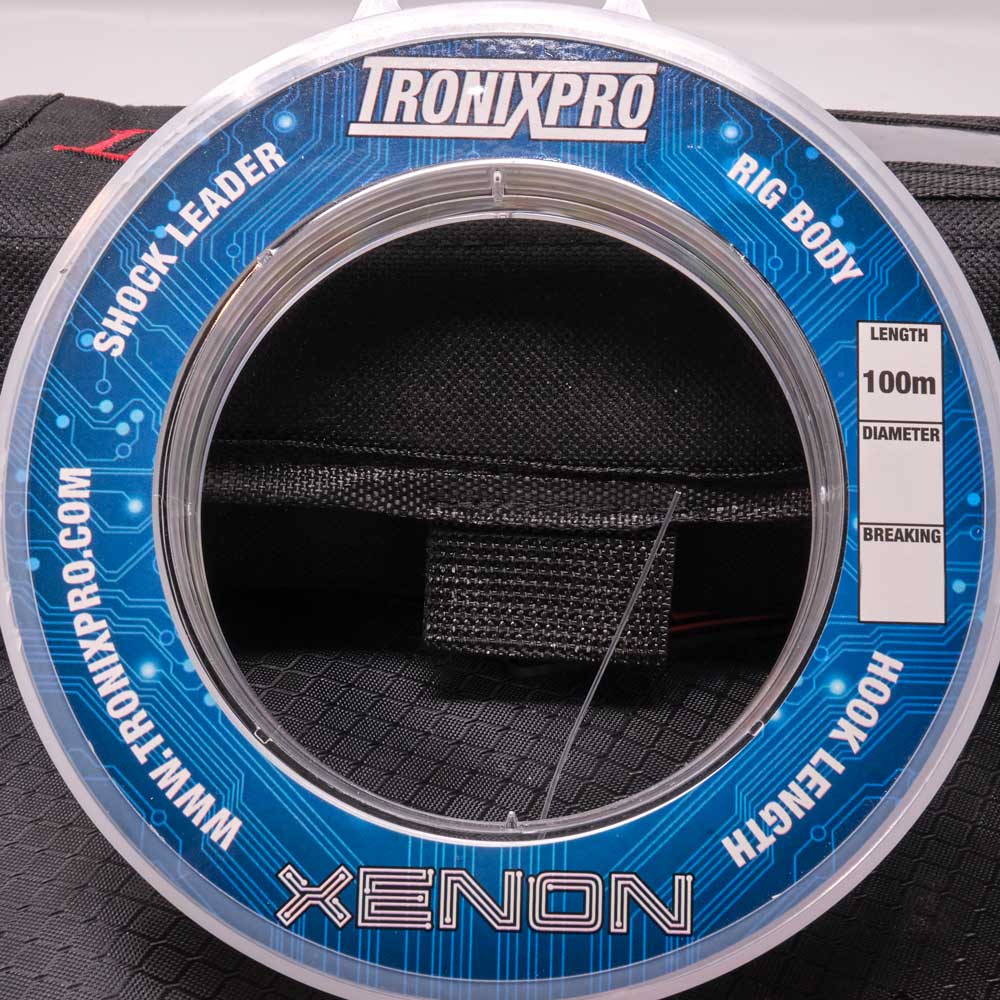
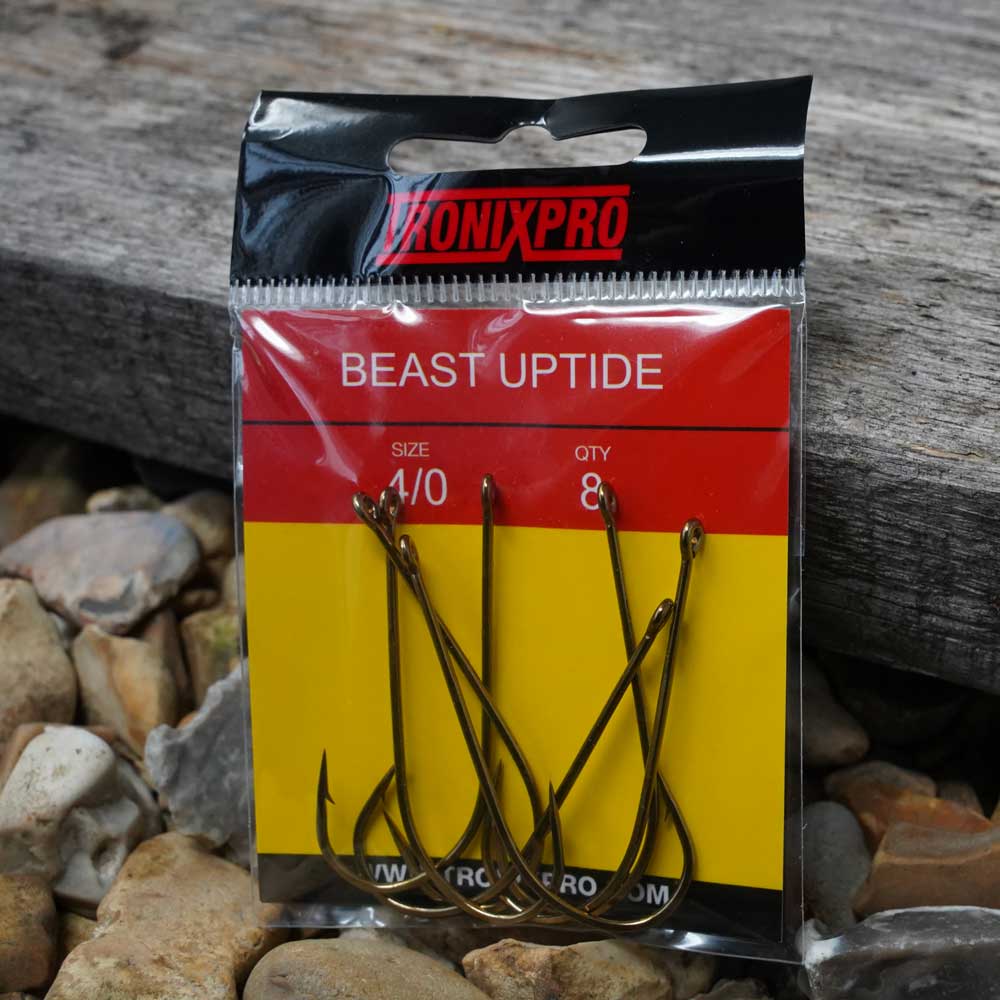
Bait
Hands down, the best bait is king ragworm. I know in some parts of the UK they catch stingers on different baits, but on the south coast, rag is the top bait. I know people say you need 10 to 20 ragworm on a hook, I tend to use up to five king ragworm whipped into a compact sausage, I, personally, don’t like loads of bait up my line.
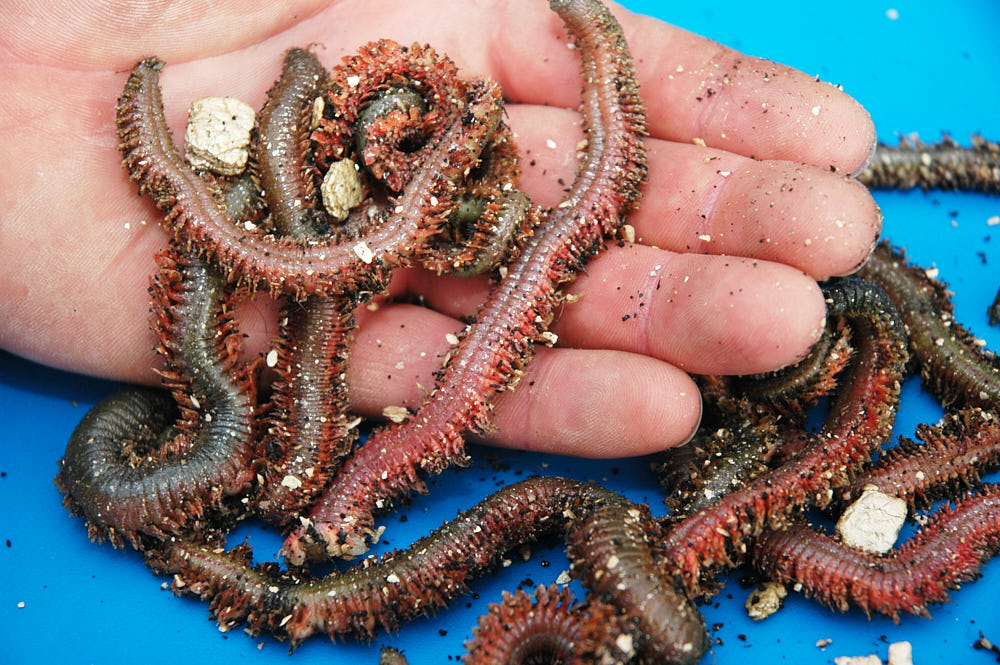
Method
When fishing for stingers, I always like to get to the beach a few hours before low water to scan over the sand or mud for the tell tail signs where the stingers have been laid up before. Always look for gullies onto the sand or mud flats, as stingers love to use them. One of my biggest tips is not to overcast, I normally fish between 40–60 yards. I’ve even seen stingers caught as little as 20 yards out.
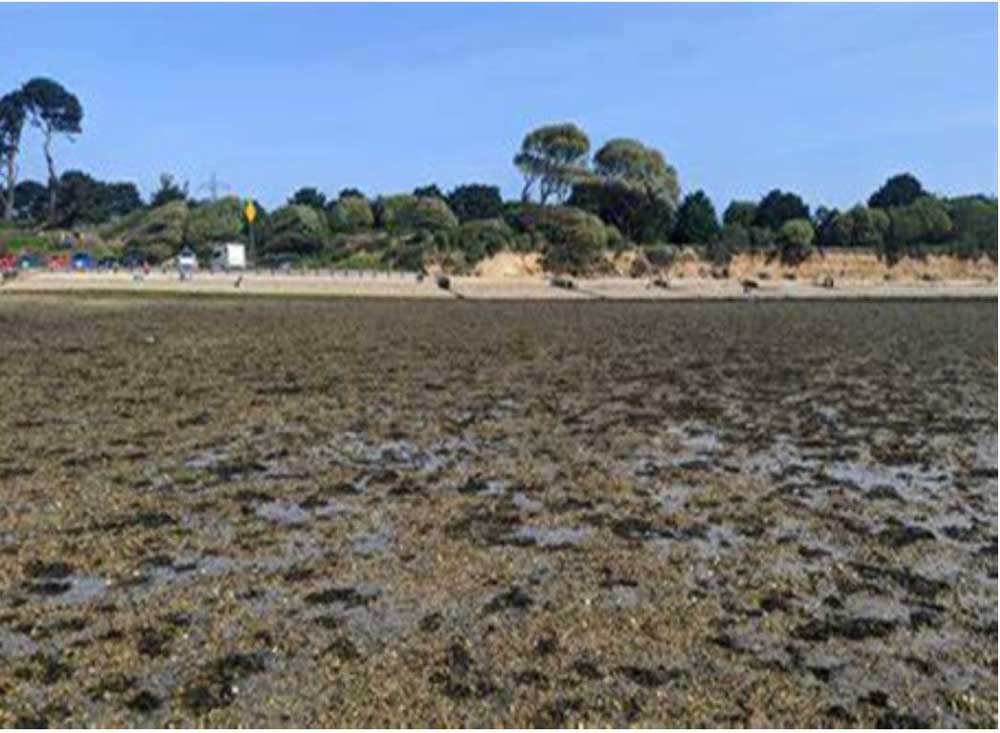
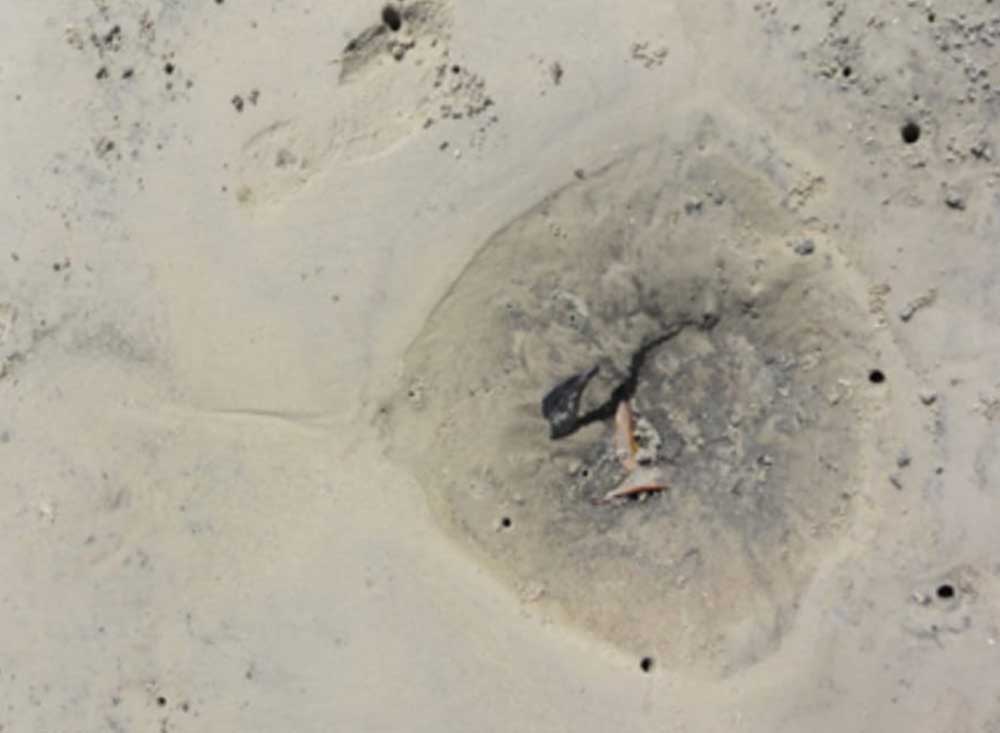
Handling
I’m not going to lie to you, the first-ever stinger I caught, I was terrified; they are a right-hand full. I always try to use the surf to land the stinger on to the beach, once on the beach, small ones can be dragged with the trace. If it’s a large ray, try dragging it by its nose. I’ve made an extra-long T-bar which I can hook into the stingers mouth to pull it up the beach, the T-bar also helps when returning the ray.
Please don’t gaff the ray because there is no need. I know people drag the ray by the breathing holes behind the eyes, but this has been proven to cause damage to the ray. At all times during landing the ray, stay forward of the fish and as low as possible to avoid the tail. Once the stinger is beached, it’s time to immobilise the tail. Under no circumstances do you cut the tail off. The best way I’ve found is to place a large towel over the tail, this will stop the ray from whipping its tail, in turn protecting you and stop the ray stabbing themselves.
If you want to weigh the ray, always use a weigh sling, this will support the fishes’ weight and also stop the ray from whipping its tail. To unhook them, I just lift the nose and see if I can reach the hook by hand and then remove the hook if possible. If the fish has swallowed the hook right down, I’ll cut the line as close as possible to the hook, rather than try to pull it out. The great thing with the Beast Uptide is they are designed to rust out in a couple of days with no harm to the fish. When unhooking, please do not flip the ray onto its back, as this will take away the protective mucus layer that covers its back. When retuning the ray, I use the extra long T-bar to pull the ray back into the water. A simple push forward on the T-bar and the ray can swim away unharmed and also keep you well away from the stinger.


